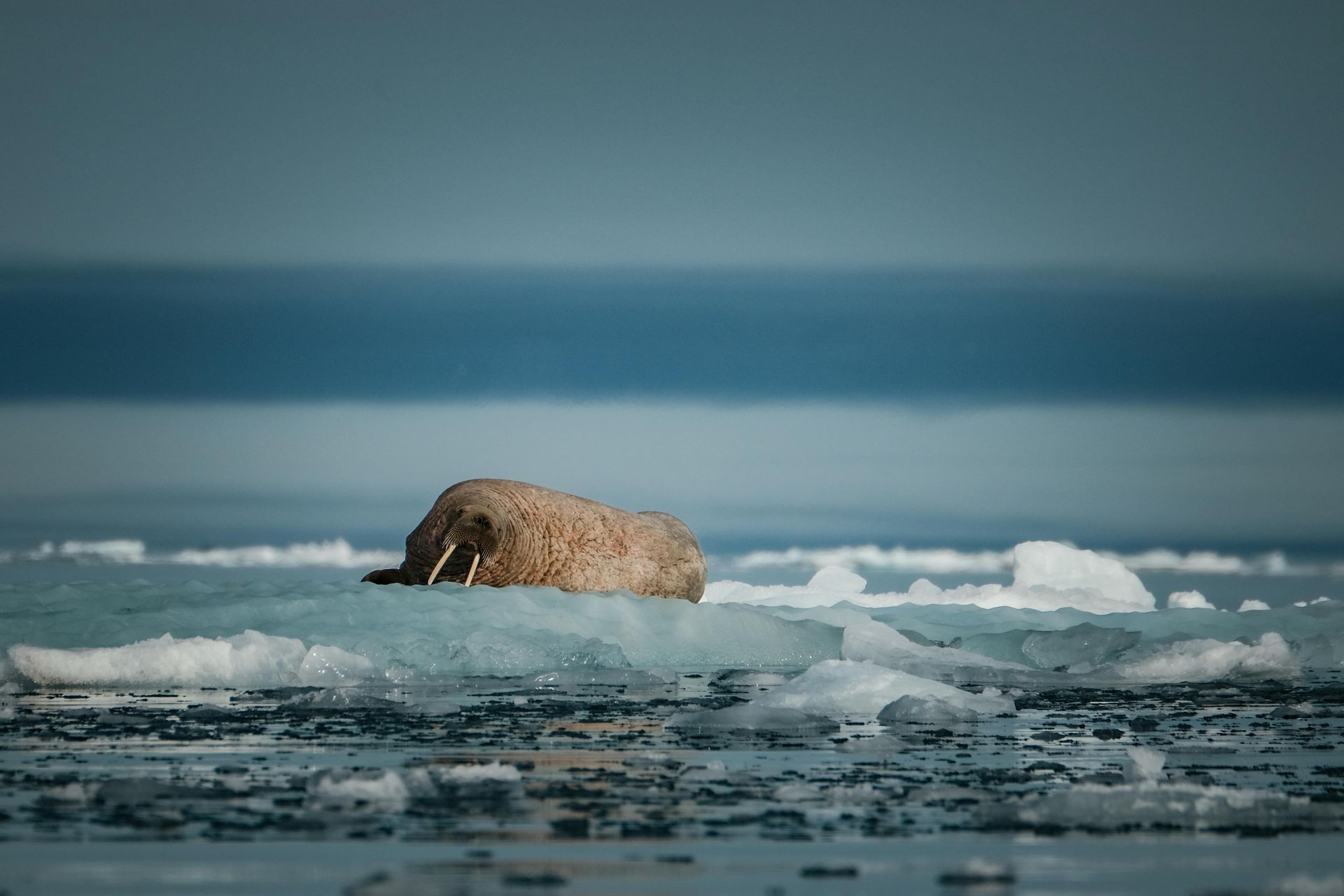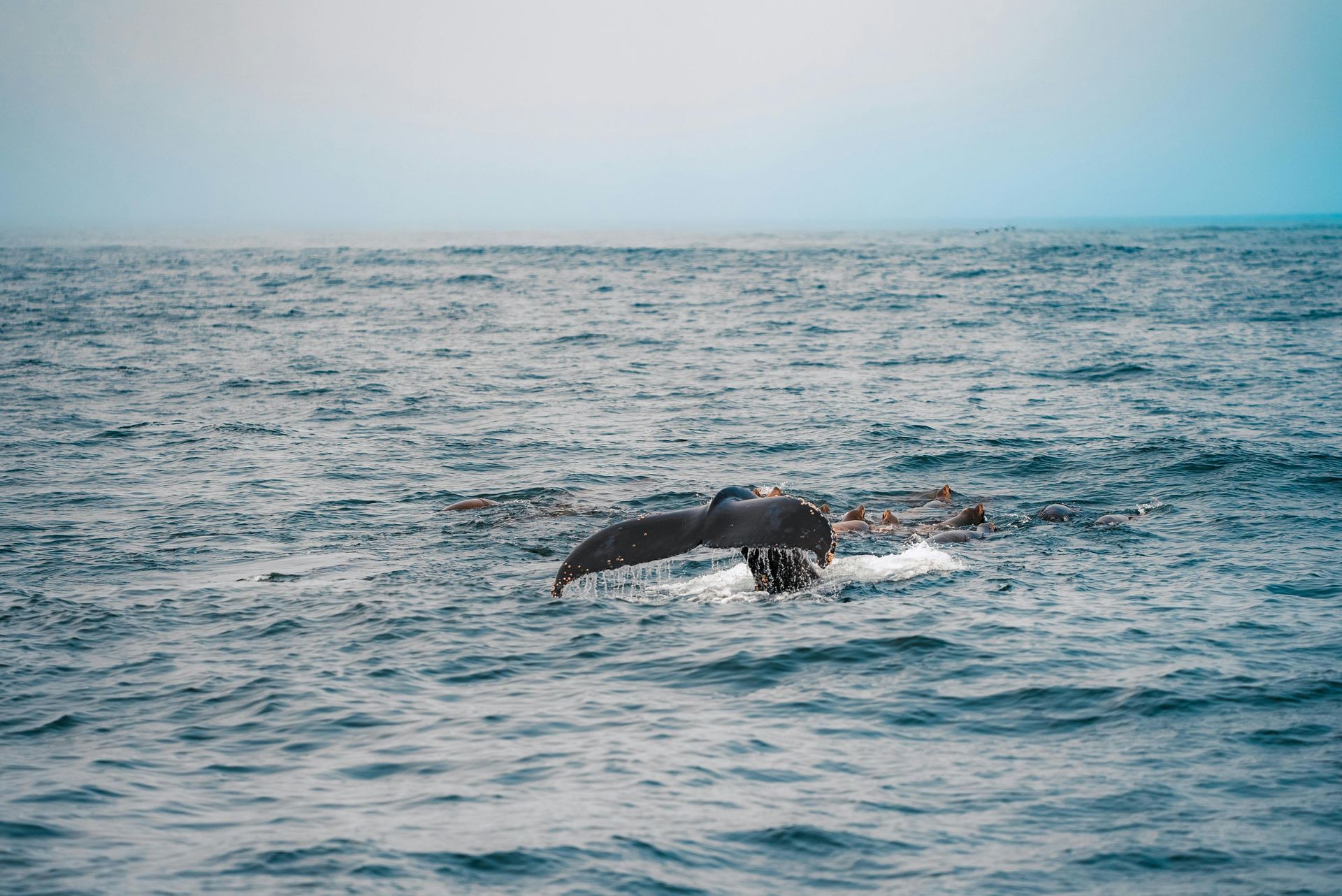Svalbard History Facts in June
Svalbard History Facts in June

June in Svalbard is characterized by the return of continuous daylight, offering an opportunity to explore the archipelago's rich history against the backdrop of the Midnight Sun. The history of Svalbard is a tapestry woven with tales of exploration, scientific discovery, and human resilience. The archipelago was first discovered in 1596 by Dutch explorer Willem Barentsz, whose sighting of Spitsbergen set the stage for centuries of European interest in the Arctic. Barentsz's expeditions laid the groundwork for future explorations and mapping of the region, igniting a wave of Arctic exploration.
The 17th century saw a surge in European whaling activities in Svalbard, with the Dutch and English establishing seasonal whaling stations. These whalers exploited the abundant whale populations in the surrounding waters, processing whale blubber into oil, which was highly valuable at the time. The remnants of these early whaling stations, including blubber ovens and gravesites, are scattered across the archipelago, serving as poignant reminders of this period. The intensive whaling activities had a significant ecological impact, leading to a drastic decline in whale populations.
As the centuries progressed, the focus shifted from whaling to trapping and hunting. Russian Pomors and Norwegian hunters were particularly active, targeting a variety of Arctic animals such as polar bears, reindeer, and Arctic foxes. This period also saw a rise in scientific interest in Svalbard, with numerous expeditions conducted to study its unique environment. Explorers like Adolf Erik Nordenskiöld and Fridtjof Nansen played crucial roles in advancing the scientific understanding of the Arctic, conducting significant research on the region's geography, geology, and climate.
The early 20th century marked the beginning of coal mining in Svalbard, bringing about significant changes. The discovery of substantial coal deposits led to the establishment of permanent settlements, with Longyearbyen emerging as the most prominent mining town. Named after the American entrepreneur John Munro Longyear, Longyearbyen became a center of mining activity. The Svalbard Treaty of 1920, which recognized Norwegian sovereignty over the archipelago while allowing other nations to engage in commercial activities, was a pivotal moment in Svalbard's history, shaping its unique international status.
World War II had a significant impact on Svalbard. The archipelago's strategic location led to the evacuation of its population and the destruction of mining infrastructure to prevent its use by German forces. The post-war period focused on rebuilding and revitalizing the settlements. The 1950s and 1960s saw a renewed emphasis on scientific research, with the establishment of various research stations and the initiation of long-term Arctic studies. Svalbard's remote and harsh environment provided a unique setting for scientific research, attracting researchers from around the globe.
The latter part of the 20th century witnessed a transformation in Svalbard's economy and society. As coal mining declined, tourism and scientific research emerged as the primary economic drivers. Longyearbyen evolved into a modern town, accommodating a diverse population of scientists, students, and tourists. The establishment of the University Centre in Svalbard (UNIS) in 1993 further cemented the archipelago's role as a hub for Arctic research and education. Svalbard's unique environment continues to draw researchers and tourists alike, eager to experience its Arctic wonders.
In recent years, Svalbard has gained international attention for its role in climate change research and environmental conservation. The Global Seed Vault, which opened in 2008, underscores the archipelago's global significance as a repository for the world's crop diversity. Ongoing efforts to preserve Svalbard's unique ecosystem and wildlife are supported by strict environmental regulations. The history of Svalbard is a testament to human endurance, scientific curiosity, and the enduring appeal of the Arctic.
June in Svalbard, with its endless daylight, provides a unique opportunity to delve into the rich history of this Arctic archipelago. From the early days of whaling and exploration to the modern era of scientific research and environmental conservation, Svalbard's history is a captivating narrative of human endeavor and the quest for knowledge. As the Midnight Sun bathes the landscape in perpetual light, the stories of Svalbard's past come alive, inviting reflection and appreciation.












